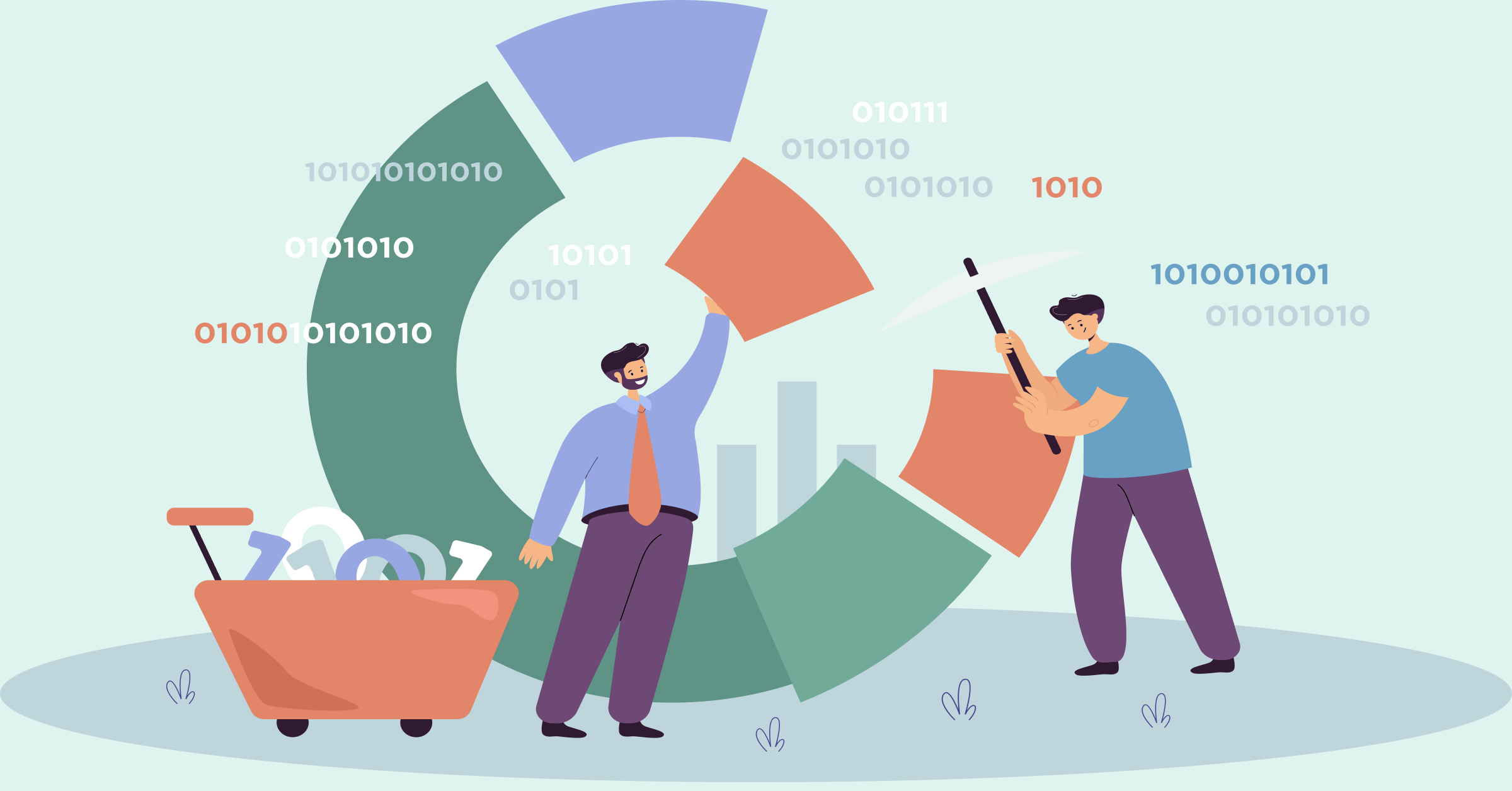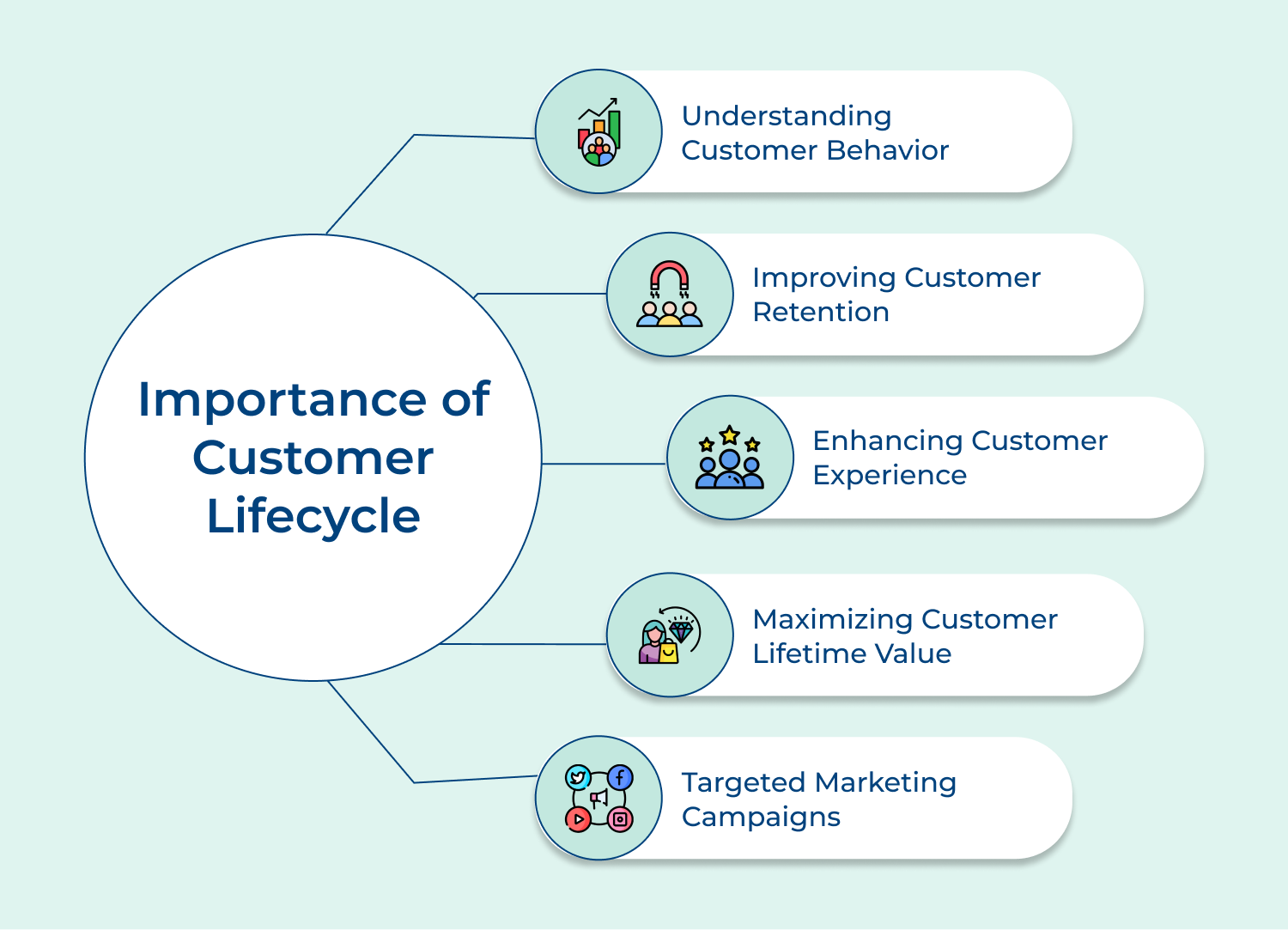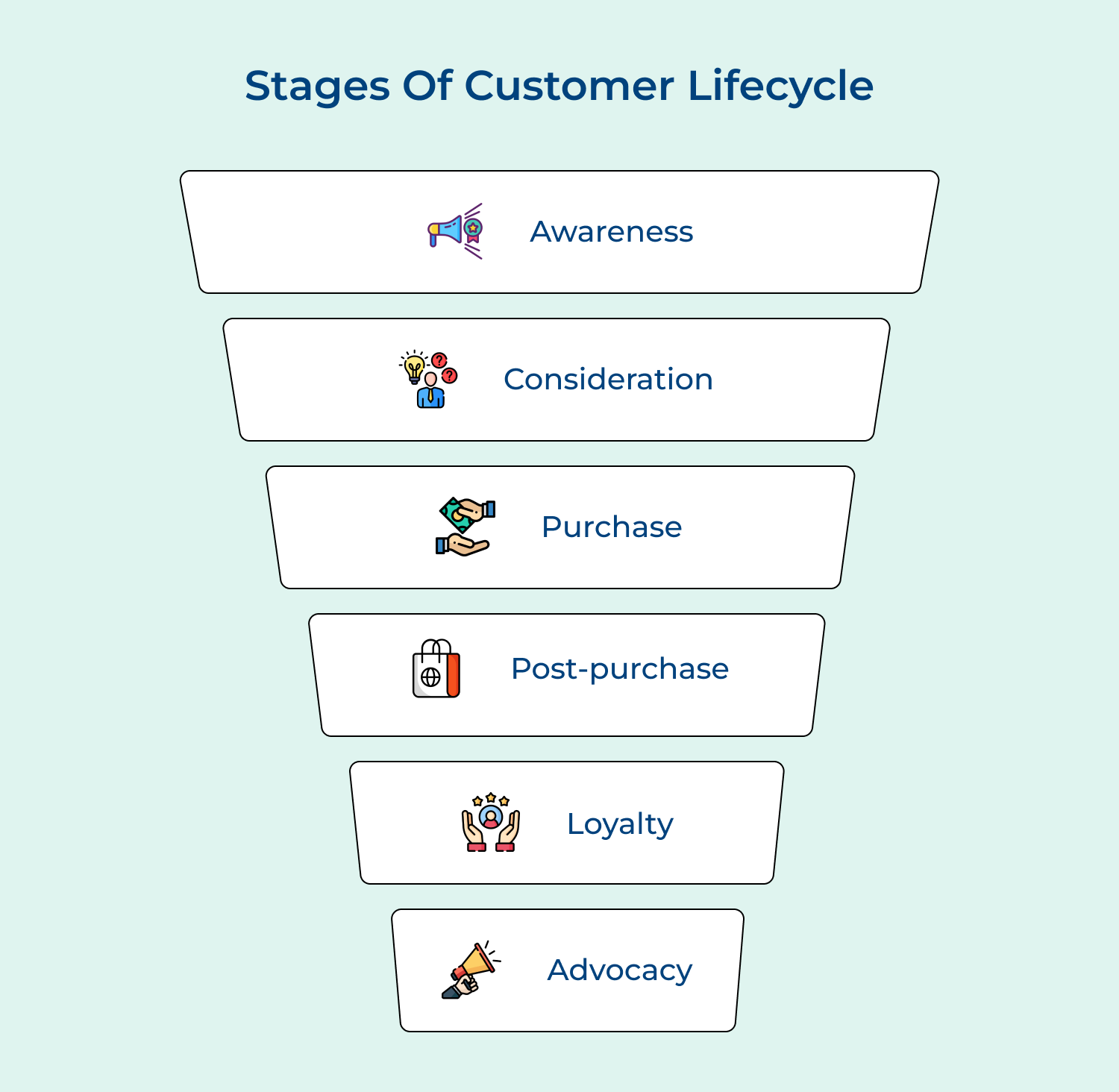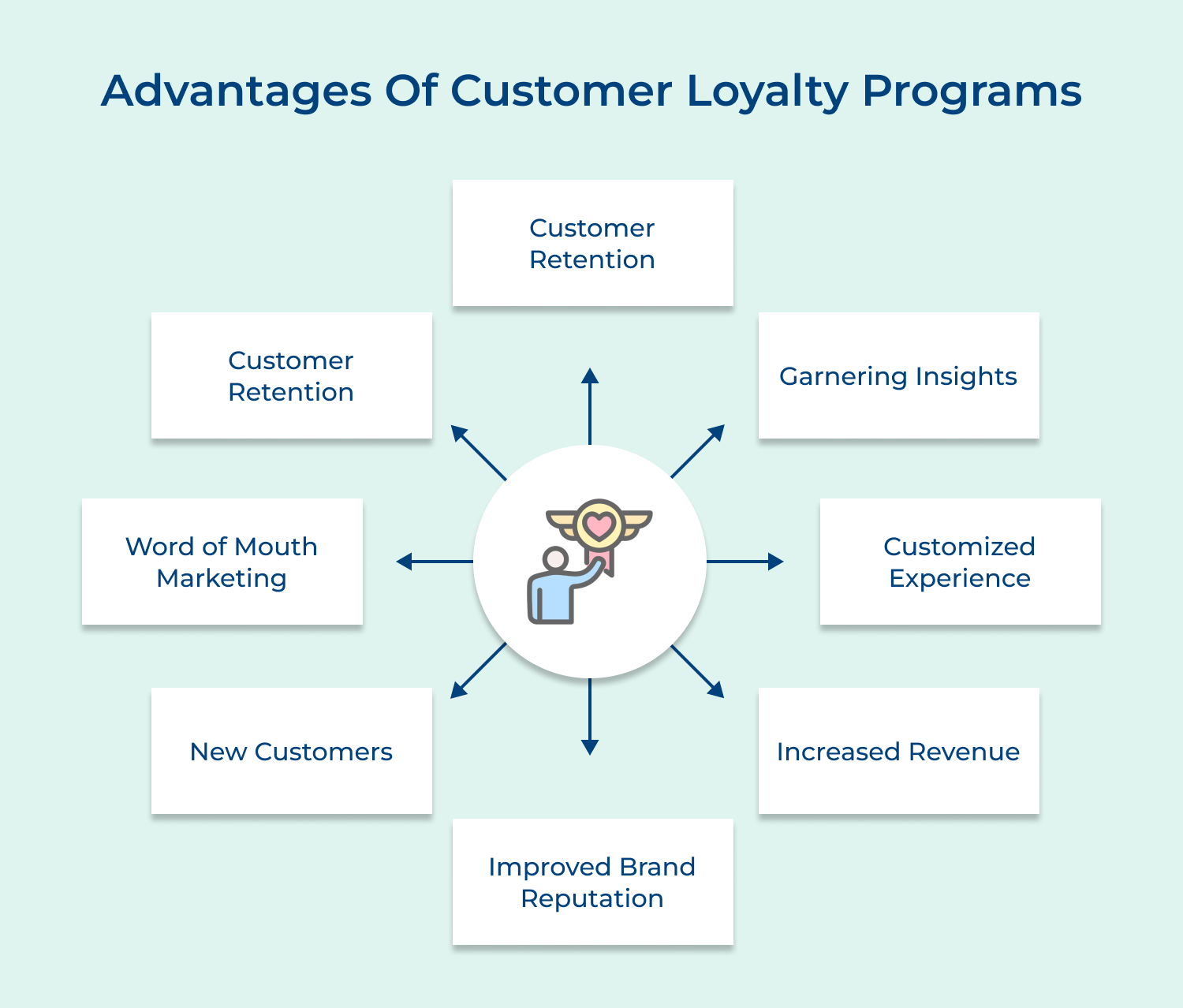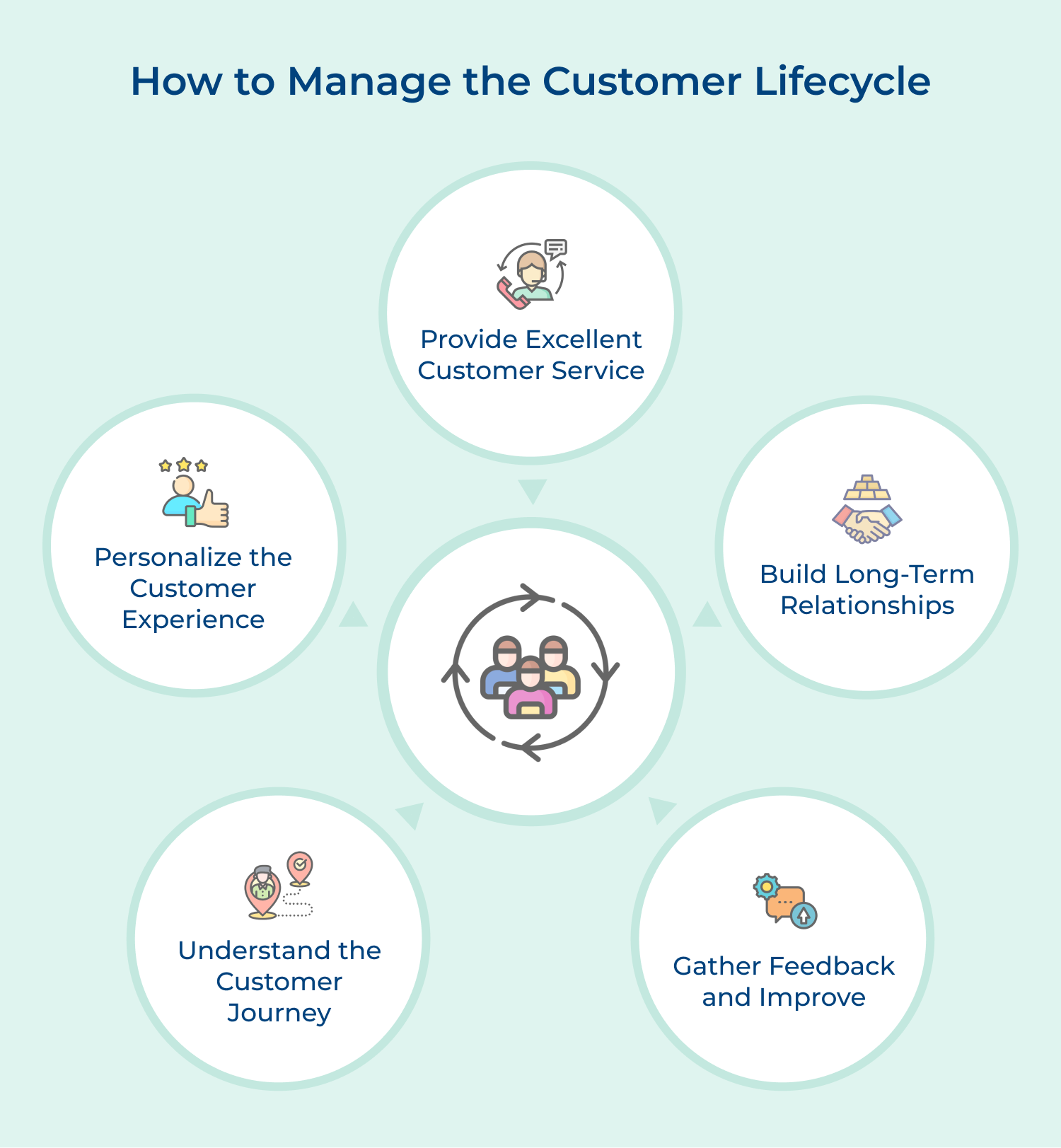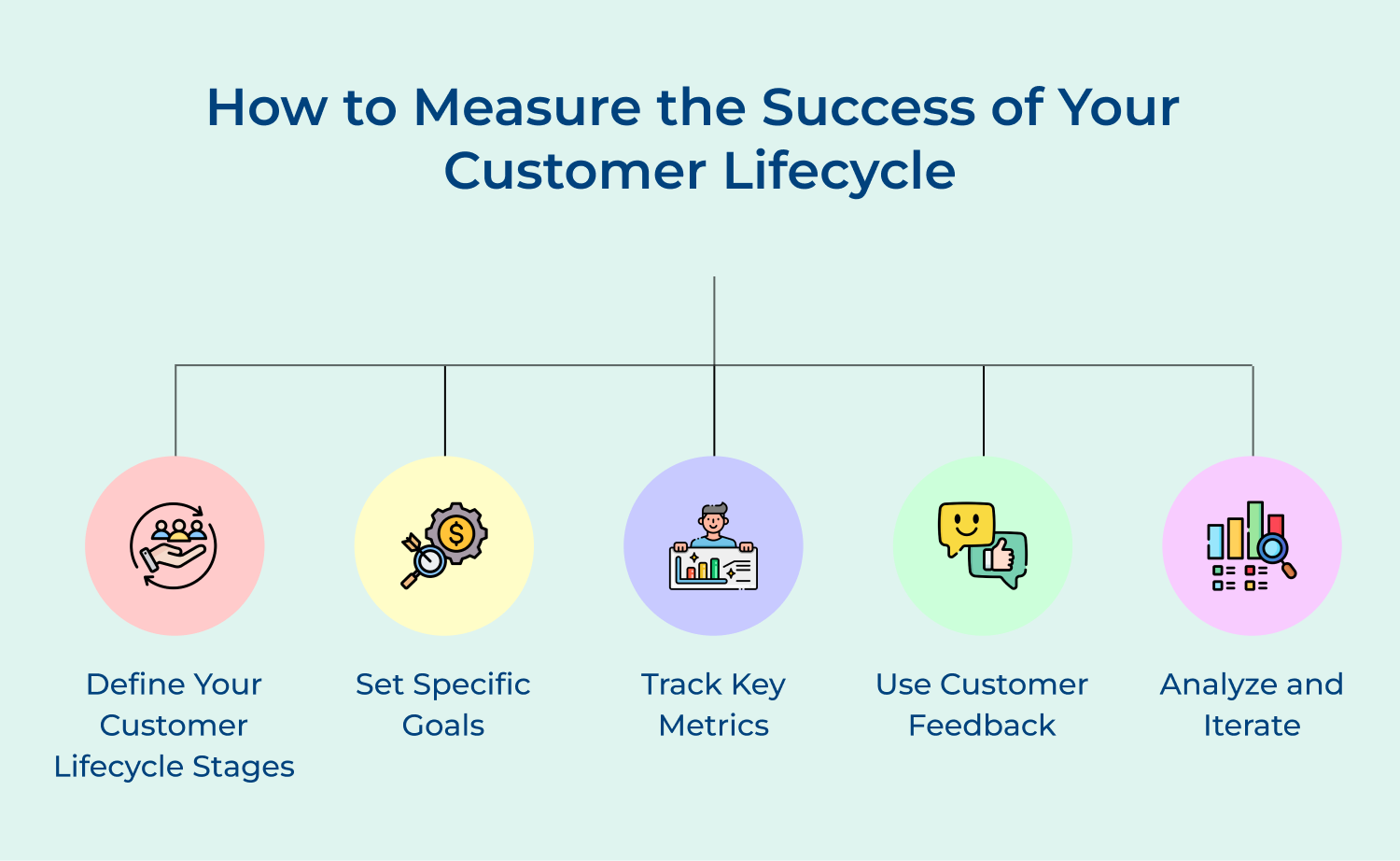1. Awareness
The awareness stage where customers first become aware of your brand. They may come across your business through advertising, social media, word of mouth or other marketing channels.
It is important to make a positive impression during this stage to pique their interest and encourage them to learn more about your products or services.
Best practices to implement:
- Content marketing: Create informative and engaging content to raise awareness about your brand, products or services. It can include blog posts, videos, infographics and social media posts.
- Influencer partnerships: Collaborate with influencers in your industry to reach a wider audience and generate interest in your offerings.
- Paid advertising: Use targeted ads on social media platforms or search engines to increase visibility and reach potential customers who may not be aware of your brand.
2. Consideration
In the consideration stage, customers are actively researching and evaluating your offerings. They may compare your products or services with those of your competitors, read reviews and seek recommendations.
It is crucial to provide them with detailed information and address any concerns they may have to help them make an informed decision.
Here are few important strategies to follow:
- Email marketing: Send personalized email campaigns to nurture leads and provide them with valuable information to help them make an informed decision.
- Customer testimonials: Showcase positive reviews and testimonials from satisfied customers to build trust with prospects.
- Product demos or free trials: Offer demos or free trials of your products or services to allow potential customers to experience them firsthand and make a more informed decision.
3. Purchase
The purchase stage is when a customer decides to buy from you. It is a critical moment in the customer lifecycle, as it signifies that they see value in what you offer and are willing to invest in it.
Make the buying process seamless and ensure that they have a positive experience to increase the likelihood of repeat purchases.
Consider following marketing strategies:
- Limited-time offers: Create urgency and encourage purchases by offering limited-time discounts or promotions.
- Remarketing campaigns: Retarget customers who have shown interest in your products but haven’t made a purchase yet with personalized ads to remind them of the benefits of buying from your brand.
- Simplify the checkout process: Make the purchasing process user-friendly to reduce cart abandonment rates and increase conversions.
4. Post-purchase
After making a purchase, customers enter the post-purchase stage, where their experience with your brand is crucial. The stage is an opportunity to nurture the relationship, gather feedback, and address any issues that may arise.
Providing excellent customer service and creating a positive post-purchase experience can lead to customer satisfaction.
Here are few important strategies to follow:
- Follow-up emails: Send post-purchase emails to thank customers for their purchase, provide order confirmation details and encourage them to leave a review or share their purchase on social media.
- Loyalty programs: Reward repeat customers with exclusive discounts, points, or special offers to encourage repeat purchases and foster loyalty.
- Customer support: Provide excellent customer service and support to address any post-purchase issues or concerns promptly.
5. Loyalty
Customers who have had positive experiences with your brand are more likely to become loyal customers. They may make repeat purchases, refer your business to others and engage with your brand on a regular basis.
To reward and incentivize loyalty is important to maintain strong relationships with these customers.
